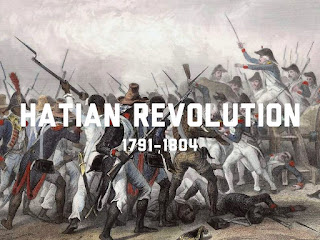Frank Kapp
Comp Lit: Unspoken Modernities
2 Dec 2016
I Feel Like Pablo
Pablo Picasso was a Spanish artist who lived from October 25, 1881-April 8, 1973. His influences in a Modernism were extremely important to its development, especially from about 1906 to 1921, when he co-founded the popular art movement, Cubism. Picasso was an artist from birth, and his knack for exploring various techniques helped to develop his unique style. He is also credited with co-inventing collages, and "constructed sculpture". Most notably, his works in Cubism can be broken into categories, like Early Cubism, Analytic Cubism, and Synthetic Cubism. Picasso loves to play with African American voices, much like other authors we have learned about this semester. His workings with these concepts allows him to explore new ideas in art that had not been seen.
Picasso’s connection to Gertrude Stein, stemmed from her love of his paintings, and ultimately becoming a collector. Stein and Picasso developed a bond, as she is pictured in many of his works. Their shared inspiration from African art and other exotic forms allowed them to conceptualize much of the plight oft these oppressed peoples. The two spent lots of time together, with Stein being involved in the process as a subject, and friendly contributor. As Picasso progressed a painter, his Cubist works began to take more of his time, and soon completely took over his style as a whole.
Early Cubism can be described as a precursor movement to the larger scale avant-garde movement of Cubism. Its origins in the early 20th century stem from Picasso’s interest in the African artworks being seized by French colonists. Europeans were enthralled by the exaggerated stories of African art, and so was Picasso. He used these as inspirations for his initialy development of Cubism, and can be noted with his first painting, seen below. Les Demoiselles d'Avignon, as it is known, shows his attention to African artifacts. The two characters exemplify Picasso's response to African art especially.
Analytic Cubism, which lasted from around 1909-1913, was a style Picasso developed with George Braque. The two focused their efforts on refining cubism, with new attention to monochrome color patterns, as well as neutral colors. These pieces helped to elevate Cubism and Modernism more directly, as Picasso developed the breakdown of ideas, concepts, and shapes, and analyzed their meaning. Synthetic Cubism involved the use of newspapers and cutouts of paper, which led to Picasso’s famous collages. This movement was essentially a further progression of Analytic Cubism, and lasted until 1919. Crystal Cubism existed at the same time, and is named for the geometric and minimalist pieces at the same time.
Pablo Picasso’s founding of Cubism is important to this class, because the lasting impacts he had on the Modernist movement. Much his like his most popular patron, Gertrude Stein, Picasso calls into question what we normally think about when viewing art. His abstract paintings of people and shapes are wildly geometric, yet unorganized and minimal. Taking inspiration from oppressed cultures and repurposing them is an example of a unique strategy that Picasso played off of, in order to challenge society’s way of thinking.
2. How does racism factor into Picasso's Cubist works? Are there racially oppressive or celebratory themes in his art? How does African influence shape the meaning of Cubism, and on a large scale, why would a Modernist take inspiration from this.





